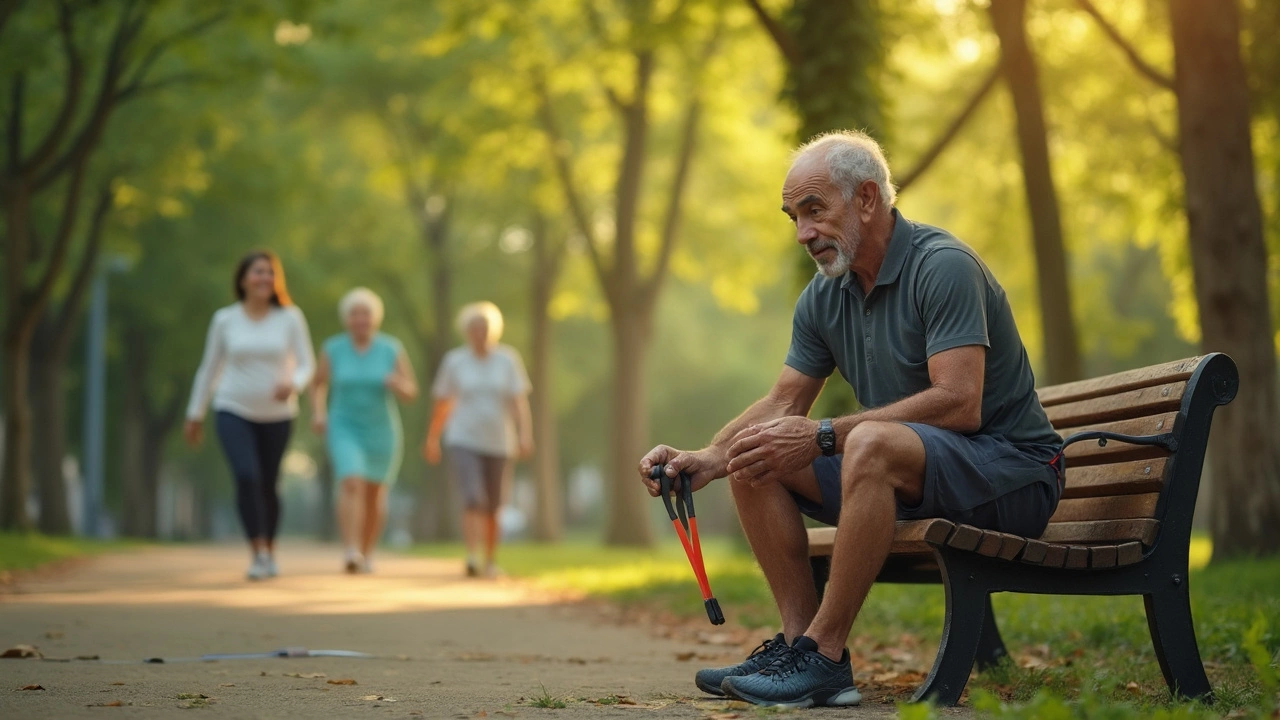Osteoarthritis – What It Is and How You Can Feel Better
If you’ve noticed aching knees or stiff hips, osteoarthritis might be the cause. It’s the most common form of arthritis and happens when the cartilage that cushions your joints wears down. The result? Bones rub together, causing pain, swelling, and reduced movement.
Age, joint injuries, excess weight, and genetics all raise the risk. You don’t need to be old or overweight to develop it, but those factors make it more likely. Even a single knee injury from sports can start the process years later.
How to Manage Everyday Pain
Start with gentle movement. Walking, swimming, or cycling keeps joints lubricated without putting too much stress on them. Aim for 20‑30 minutes a day, and you’ll often notice less stiffness after a few weeks.
Weight control is a game‑changer. Losing just 5‑10% of body weight can cut knee‑joint load dramatically, easing pain and slowing cartilage loss. Small changes, like swapping a sugary drink for water, add up.Strengthen the muscles around the joint. Simple exercises like straight‑leg lifts, wall sits, or resistance‑band routines give the joint better support. If you’re unsure, a physiotherapist can design a short routine that fits your schedule.
Heat and cold are free tools. A warm shower or a heating pad relaxes tight muscles, while an ice pack after activity reduces swelling. Rotate them based on what feels better at the moment.
Over‑the‑counter pain relievers such as ibuprofen or acetaminophen help occasional flare‑ups, but talk to a doctor before using them regularly. They can protect your stomach and kidneys when taken long‑term.
When to Talk to a Doctor
If pain keeps you from daily chores, sleep, or walking a short distance, it’s time for a professional opinion. Doctors can confirm osteoarthritis with an X‑ray or MRI and rule out other joint problems.
Prescription options include stronger anti‑inflammatories, corticosteroid injections, or newer drugs that protect cartilage. These aren’t first‑line choices, but they can be vital when other methods fall short.
In severe cases where joint damage is extensive, surgery may be recommended. Knee or hip replacement can restore mobility, but it’s a big decision that involves rehab and recovery time.
Don’t forget nutrition. Foods rich in omega‑3 fatty acids (like fish, walnuts, and flaxseeds) and antioxidants (berries, leafy greens) support joint health. Limit processed foods and excess sugar, which can increase inflammation.
Lastly, keep a symptom diary. Note what activities trigger pain, how long it lasts, and what helps. This record makes doctor visits more productive and speeds up finding the right treatment plan.
Osteoarthritis is a long‑term condition, but with the right mix of movement, weight control, pain‑relief tricks, and professional care, you can stay active and enjoy life without constant joint pain.





